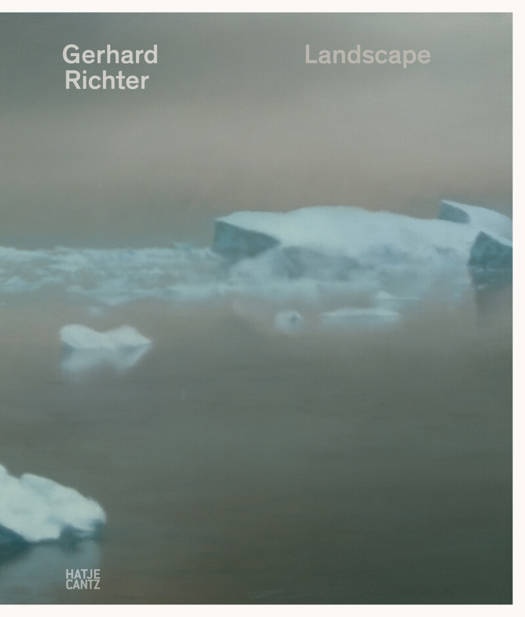
- Retrait gratuit dans votre magasin Club
- 7.000.000 titres dans notre catalogue
- Payer en toute sécurité
- Toujours un magasin près de chez vous
- Retrait gratuit dans votre magasin Club
- 7.000.0000 titres dans notre catalogue
- Payer en toute sécurité
- Toujours un magasin près de chez vous
Description
The world's most famous painter focuses on the depiction of natural environments, from sunsets to seascapes to suburban streets
Gerhard Richter's paintings combine photorealism and abstraction in a manner that is completely unique to the German artist. A master of texture, Richter has experimented with different techniques of paint application throughout his career. His hallmark is the illusion of motion blur in his paintings, which are referenced from photographs he himself has taken, obscuring his subjects with gentle brushstrokes or the scrape of a squeegee, softening the edges of his figures to appear as though they had been captured by an unfocused lens.
This publication concentrates on the theme of landscape in Richter's work, a genre to which he has remained faithful for over 60 years, capturing environments from seascapes to countryside. With a selection of Richter's paintings, some of which are previously unreproduced, this volume provides both a history of Richter's development as an artist and valuable insight into the subject of nature in contemporary art. Born in 1932 in Dresden, Gerhard Richter is one of Germany's most significant contemporary artists. He studied at the Dresden Academy of Fine Arts and the Kunstakademie Düsseldorf, and taught at the latter for 15 years. He has also taught at the Hochschule für bildende Künste Hamburg and the Nova Scotia College of Art and Design. In addition to his paintings, he has also worked in sculpture with glass as his primary medium, as well as drawing and printmaking. He currently lives and works in Cologne, Germany.Spécifications
Parties prenantes
- Auteur(s) :
- Editeur:
Contenu
- Nombre de pages :
- 240
- Langue:
- Anglais
- Illustré:
- Oui
Caractéristiques
- EAN:
- 9783775747134
- Date de parution :
- 01-12-20
- Format:
- Livre relié
- Format numérique:
- Genaaid
- Dimensions :
- 251 mm x 297 mm
- Poids :
- 1610 g

Les avis
Nous publions uniquement les avis qui respectent les conditions requises. Consultez nos conditions pour les avis.






